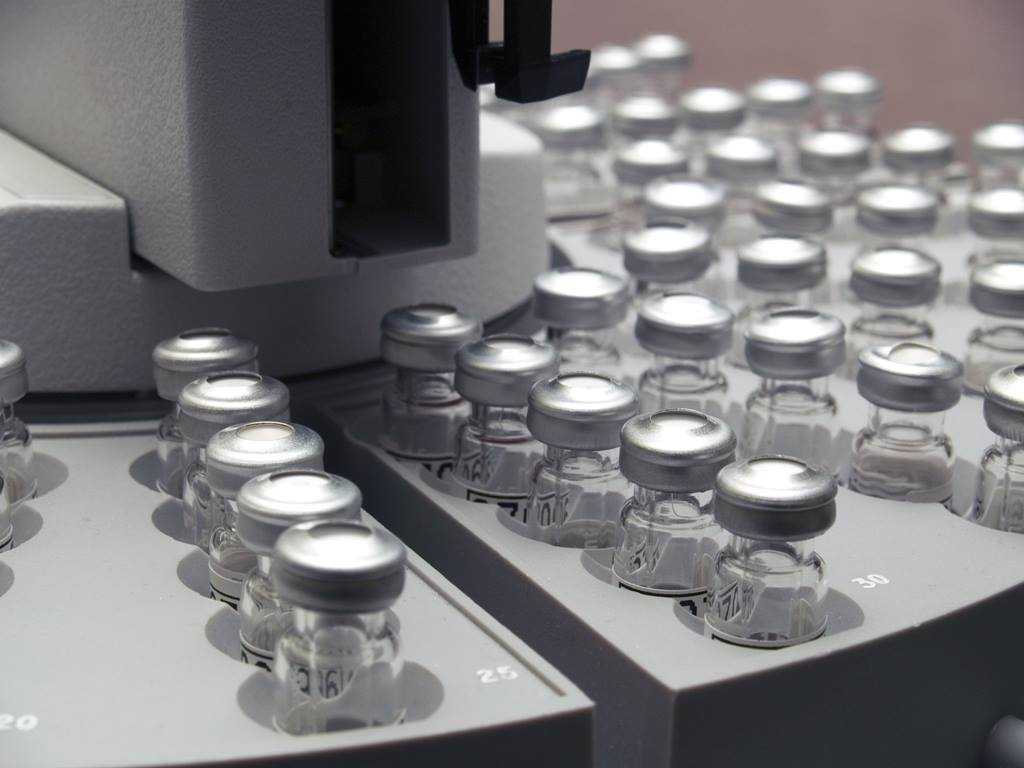Helium is generally considered to be the carrier gas of choice, it offers a good compromise between efficiency and analysis times, it is inert, safe and offers high column efficiency at moderate linear velocities. However, the recent highly reported global helium shortage has resulted in some analytical chemists looking for alternatives. Hydrogen tends to be considered the first alternative to helium, and while this can come with significant investments in safety infrastructure, it also brings the opportunity to switch to gas generators, the appeal for some being that they can finally stop using gas cylinders.
So, given the ability to eliminate gas cylinders from the lab, and manufacturers claiming that generators will save time and money should you be making the change?
Gas generators aren't necessarily the fit-and-forget solution that they can be portrayed to be, it is true that in recent times generators have become more reliable, however they still require regular service and maintenance. To ensure generated gas purity specifications are maintained users need to take out a separate service and maintenance package along with emergency breakdown cover, both of which add to the overall running costs of the generator.
In an era where companies are more conscious of their carbon footprint than ever and are actively looking to reduce it, electrical power consumption associated with generators is often overlooked. It is a little-known fact that a single gas generator of the type that would be suitable for a GC supply requires the same power as two households at approximately 18kWh/day (average household electricity use is 8.5-10 kWh/day). Heat, another significant by-product of gas generators, is often overlooked, yet the amount generated by a benchtop hydrogen gas generator can be 1000BTU/hr equivalent to a small radiator or 1-2 industrial servers.
Do you have a choice?
This, of course, also assumes that you have a choice, some detectors, such as helium ionisation detectors (HID), pulsed discharge detectors (PDD) and pulsed discharge helium ionisation detector (PDDHID) all need helium to operate. There are also a number of reported issues with the one of the most commonly used detectors, mass spectrometry – where users have reported a variety of issues including noisy baselines, ghost peaks and even decreased column life after switching to hydrogen, all of these reported issues apparently resolve when users switched back to helium. Additionally, you might not be able to consider changing carrier gas where your facility uses prescribed methods, for example those working in environmental testing as most EPA methods stipulate helium as a carrier gas.
Backup cylinders
Those users thinking gas generators will mean the end of cylinders might not have considered a backup gas source. With the realistic fear of generator failure, it is still recommended to hold cylinders on site as a backup source of gas.
Cylinders also have the flexibility to easily adapt to the changing demands of a laboratory. Generators, however, are generally specified around a specific analytical process, if the requirement increases this can result in the purchase of additional generators.
Some gas generator manufacturers incorrectly report that there are only 20 to 30 years left of helium supply, but as our recent article on helium supply highlights →, new sources of helium coming on-line within the next few years should relieve the shortage.
With a single cylinder of helium typically lasting a laboratory 5-8 months when used as a carrier gas for a GC. Laboratories considering moving to hydrogen generators should fully understand the total costs of ownership, including all the hidden expenditures that are not immediately obvious.
